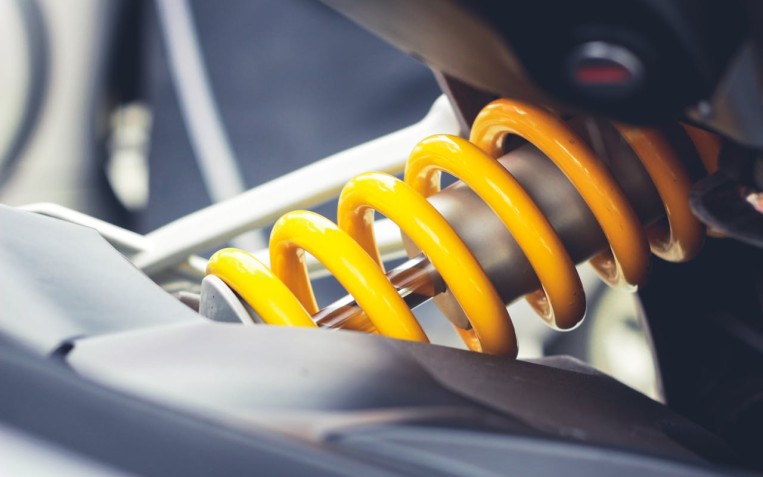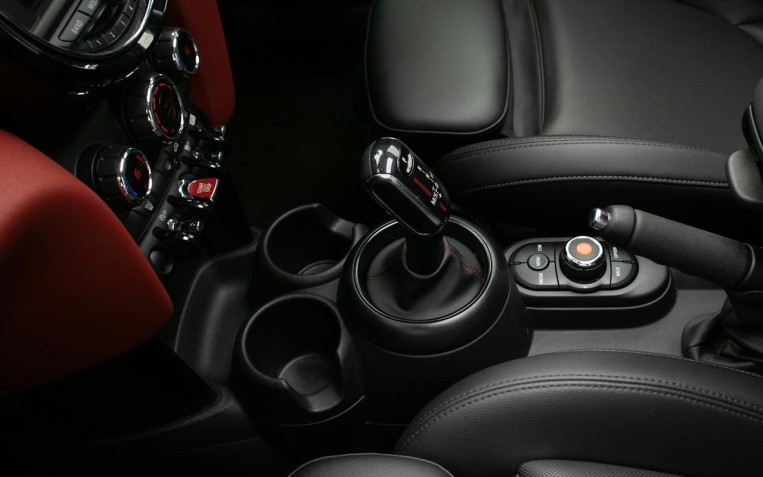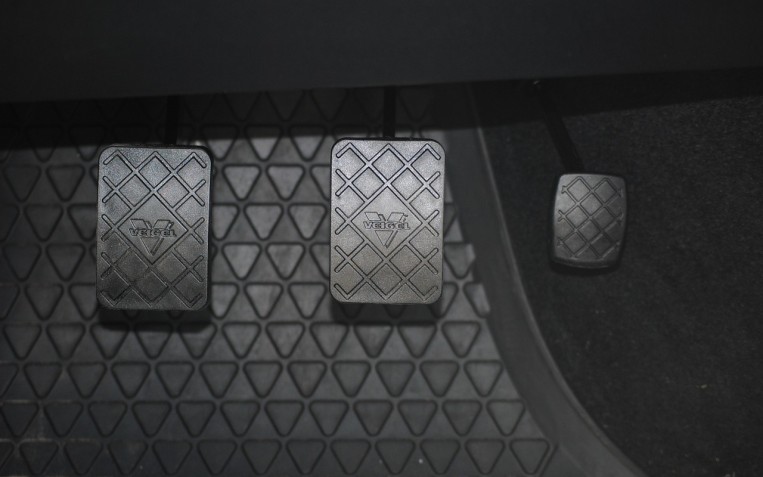EV Vehicle Glossary

As of September 2023, there were more than 900,000 fully electric cars on the roads in the UK. So as the number of electric cars speeds towards a million, it’s important to know exactly what different terminology you need to be aware of when looking for a new electric vehicle or looking after an existing one.
Electric Vehicle Types
BEV: A BEV is a Battery Electric Vehicle. This is an electric vehicle that relies solely on the power stored in a large battery pack (usually at the base of the car). The main difference between a BEV and a petrol or diesel car is that it does not have a combustion engine. BEV’s gain power from being charged by being plugged into an external power source.
PHEVs: A PHEV is a Plug-In Hybrid Vehicle. Essentially, PHEVs combine both a combustion engine (petrol/diesel) and battery power. Some PHEVs can drive purely on battery power for miles before needing to rely on the engine, but this varies from vehicle to vehicle.
ULEVs: ULEV stands for Ultra Low Emissions Vehicle. To be classified as an Ultra Low Emissions Vehicle, your vehicle must produce less than 75g/km of carbon dioxide from its exhaust pipe. All BEV vehicles are ULEVs, but not all ULEVs are BEVs as they can also include some fuel-powered vehicles, including PHEVs.
Electric Vehicle Car Parts
Battery Pack: The battery pack stores the energy to power your electric vehicle and makes it “go”. Usually, lithium-ion batteries are used in EVs.
Electric Motor: The electric motor is responsible for converting energy from the battery into mechanical energy, which powers your car. The type of electric motor you have depends on your vehicle, and can include AC induction motors or permanent magnet motors.
Charging port: The charging port is where you plug in your vehicle to a charge point.
Thermal Management System: EVs have a temperature management system built in to ensure the battery pack doesn’t overheat.
Inverter: The inverter converts DC power from the battery into AC power for the electric motor.
Electric Vehicle Charging Terms
EV Charger: This is the device that provides power to your electric vehicle. It can be the charger you have at home or could refer to public charging stations.
Trickle Charging: This is the slowest type of EV charging from a standard 3-pin plug socket.
Slow Charging: Slow charging tends to be the typical speed of charging for a home charger. It is a safer alternative than using a 3-pin plug socket.
Fast Charger: Fast chargers are typically found in public car parking spaces at a power between 7-22kw, offering quicker charge times than slow chargers.
Rapid Charging: Rapid chargers are usually found at motorway service stations and can charge your vehicle up to 80% battery in about 40 minutes.
Electric Vehicle Driving Terms
Range: The range is the distance a vehicle can travel on one single charge.
SoC: This stands for State of Charge, and typically refers to the percentage of battery available before your vehicle needs charging again.
Regenerative Braking System: Electric vehicles use regenerative braking to capture and store energy when braking. It converts kinetic energy back into electrical energy that is stored in the battery.
Choosing PTA as your local garage for your Electric Vehicle
If you’re thinking about purchasing an EV but you’re worried about what this means for your vehicle maintenance requirements , find out more about EV servicing here at PTA. Find out more about our EV services, simply contact your nearest branch, or get in touch for more information.
Related Content

Should I have soft or stiff suspension springs for my vehicle?
Suspension springs are essential for maintaining your vehicle’s stability and ride height. Over time, the springs will succumb to wear and tear, which affects how your car handles, brakes and accelerates on the road. Discover whether you should...

What is engine braking?
Engine braking involves taking your foot off the accelerator pedal, allowing your car to slow down. Over time, the parts on your vehicle’s braki...

A guide to the different types of car clutches
The clutch is responsible for channelling the power from the engine, through to the gearbox, and the wheels. Your vehicle's clutch will differ dependi...

